Dragon dance performances in the Lion Dance Festival welcoming spring in Tay Ninh province.
According to the concept of East Asians, dragon - unicorn - turtle - phoenix are four sacred animals, bringing good things. Among them, the dragon is associated with many legends, representing authority and extraordinary power. For the Vietnamese people, the dragon also means the origin of the race, from the legend of Lac Long Quan marrying Au Co.
Although it is not a real animal, the ancients believed that the dragon is a snake with legs, five-colored scales, a camel's head, deer horns, demon eyes, cow ears, a snake's neck, tiger feet, eagle claws, and a crocodile's belly. According to folk legend, after being injured by a centipede biting under its scales, the dragon asked a doctor for help. To repay the doctor, it performed a dance to pray for favorable weather. Since then, on festivals or New Year's Day, people often perform dragon dances to pray for luck, health, and prosperity.
Normally, the dragon is divided into many sections and the number of joints of the dragon is determined to be an odd number. At the joints, there is a handle about 1-2m long for the performer to hold, on the top of each handle are attached 2 specialized plastic baskets. A dragon can have 5 sections, 7 sections, 9 sections, 11 sections, or even 29 sections, depending on the need. The larger the dragon, the heavier and more difficult it is to dance, and the decoration is also more difficult. Nowadays, the most common dragon we see is the 9-section dragon (9 dancers), with each section about 2m long.
The 9-section dragon used for performances usually has a body made of fabric, about 32-35cm in diameter. The inside of the dragon body can be fitted with bones made of flexible plastic or steel rings to create fullness and roundness. The dragon's fins are made of foam-covered fabric. The dragon's head is about 70-75cm long, made mainly of rattan, bamboo, fabric and paper. The dragon's tail is made of similar materials, about 65-70cm long. The modern dragon's tail is slightly shorter than the ancient dragon models, because when serving professional dances, a tail that is too long and cumbersome will easily get caught in the body, causing entanglement for the dancer or scraping the ground while the dragon performs winding movements.
Dragons today are very diverse, with many colors such as gold, silver, red, orange, blue... with different meanings. There are also dragons drawn and printed with fluorescent ink to glow in the dark, creating a shimmering effect. In addition, the scales on the dragon's body can be 3D printed to make them more prominent. Of course, the more sophisticated and elaborate the dragon's design, the more expensive it is. Depending on the decoration technology, paint, aesthetics as well as durability, a complete, brand new dragon ranges from tens of millions to tens of millions of VND (not including the dancer's costume). The investment cost is high, so each troupe usually only has about 1-2 dragons.
Dragon dance is a special art form, a custom, a traditional activity in Eastern culture. If lion dance only needs 2 people, dragon dance needs more people, based on the size of the dragon. With that characteristic, dragon dances require the hard work of an entire group and the secret is nothing other than uniformity and unity.
Therefore, team members must have a spirit of solidarity and discipline, especially in coordinating movements to be rhythmic and in sync with the drum beats. A complete dragon dance must have many different sections, arranged according to ideas and scripts, and have sections that create climaxes. Dragon dances often include many movements such as: rolling, greeting, jumping, flipping over the tail, running around, retracting, splitting, flipping the body, forming shapes... According to experienced people, the most difficult is still the figure 8 roll, because if there is no coordination and precision, the dragon will twist.
Dragon dance also combines martial arts. The movements used in lion, lion, and dragon dances all have the typical characteristics of traditional Vietnamese martial arts. Therefore, the dancers must be agile, flexible, skillful but also strong and decisive. To participate in this sport, athletes must practice diligently to have good health and endurance, especially the person controlling the dragon's head and tail, because these two parts are very cumbersome and heavy.
In addition, there is also a person who plays the role of a warrior walking in front of the dragon's head with a pearl and a magic stick. Considered the commander, whose job is to guide the dragon, this person must remember the dance well to lead the whole dance, as well as need to have high martial arts skills to fly, flip over the dragon's body, then fly and swing the stick over the dragon's head... The costume of the person holding the pearl can be more brilliant than the other members, to show the strength of a warrior.
In competitions, a dragon dance performance lasts about 8-12 minutes, usually consisting of the following parts: ban long (dragon running in a circle), chu "chi" (dragon running in an S-shape), thuy ba (dragon's body undulating like water waves), phong dang (dragon jumping high, turning back), phong chuyen (dragon spinning like meeting the wind), phi long (dragon flying), chong thap (dragon dancers standing on top of each other in the shape of a tall tower), dao bai (dragon spreading out)...
Because it is a creative art, dragon dance today has many rich and talented variations. The award-winning performances must have novelty, high difficulty, professional skills, impressive arrangement and meaningful content.
In lion, unicorn, and dragon dances, sound is an extremely important factor, determining the appeal of a dance. Not only does it create a joyful, bustling atmosphere, the sound blends with each movement of the sacred animals, making the performance lively and attracting the audience. The drums must be played in a systematic way, in accordance with the steps, sometimes slow, sometimes fast, sometimes rapid and continuous like a war drum, thanks to which the majestic spirit of the lion, unicorn, and dragon can be fully expressed.
As for dragon dance, in addition to the harmonious sounds of drums, cymbals, and cymbals "tung cheng, cac cac, tung cheng..." like lion dance, there are also short musical passages and many other musical instruments. The magical and melodious music will increase the artistry of the performance, creating a magnificent scene, like a dragon flying in the vast heaven.
Mr. Ly Thanh Trung - Head of Trung Anh Duong Lion Dance Troupe shared: "To stage and practice a dragon dance usually takes at least 6 months to 1 year. Dragon dance does not require as much individual technique as lion dance, but the difficulty lies in the fact that the whole team must coordinate smoothly. Therefore, in the practice sessions, mobilizing forces is quite difficult, if just one person is missing, the formation will be in disarray. Moreover, we also have to regularly update new techniques, change some movements in the performance, to avoid boredom for the audience."
During the Tet holidays, lion dance teams are always busy with their performance schedules. In events such as the first day of the year, opening ceremonies or festivals, dragons can also dance with lions. Depending on the scale of the program and the duration of the performance, a dragon dance can bring in from several million to several tens of million VND. Some people may find that amount too high, but in reality, the cost that lion dance teams invest in costumes and equipment is not small. Not to mention the effort of practicing and staging elaborately for a whole year to be able to produce works that are both majestic and majestic, yet graceful and flexible to the beat.
Preserving and developing dragon dance in particular and lion and dragon dance in general is an extremely costly and elaborate task. Those who pursue it must have great passion, combined with creativity, musical appreciation and physical endurance to be able to achieve success. A lion, lion, dragon dance will become dry and lifeless if the performer does not know how to put his soul into the lions and dragons he wears.
Anh Thu
Source


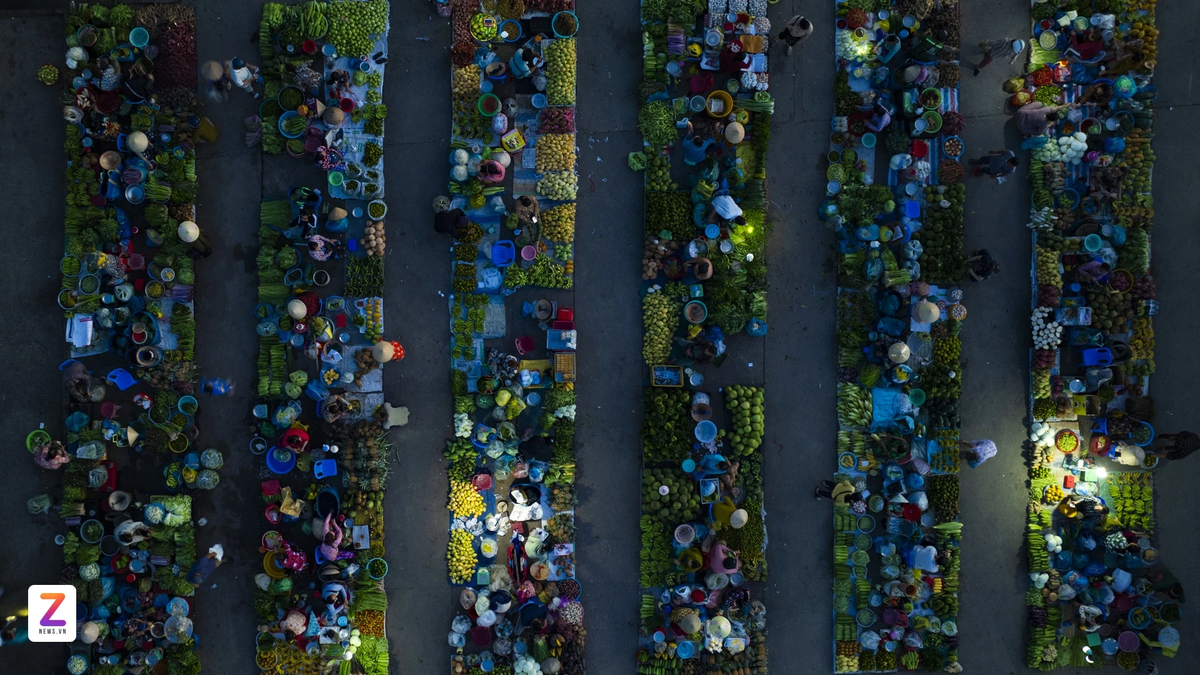
![[Photo] General Secretary To Lam attends the opening of the 1st Government Party Congress](https://vphoto.vietnam.vn/thumb/1200x675/vietnam/resource/IMAGE/2025/10/13/1760321055249_ndo_br_cover-9284-jpg.webp)
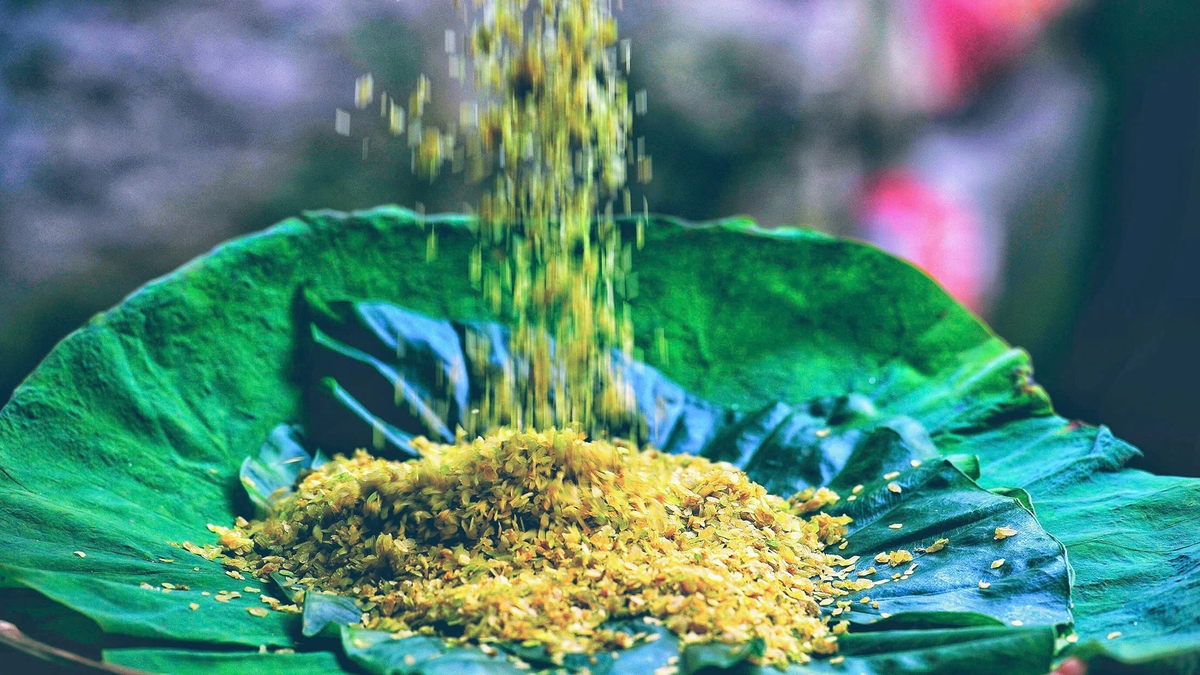
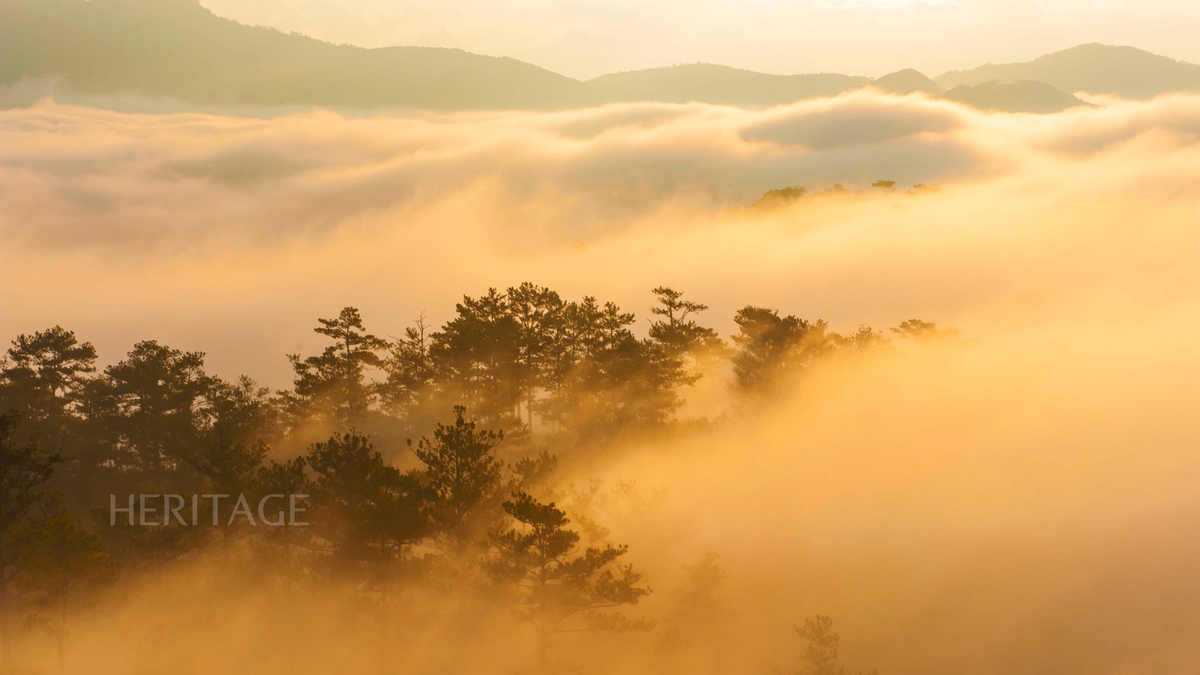

![[Photo] Solemn opening of the 1st Government Party Congress](https://vphoto.vietnam.vn/thumb/1200x675/vietnam/resource/IMAGE/2025/10/13/1760337945186_ndo_br_img-0787-jpg.webp)
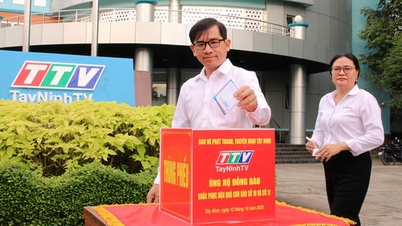

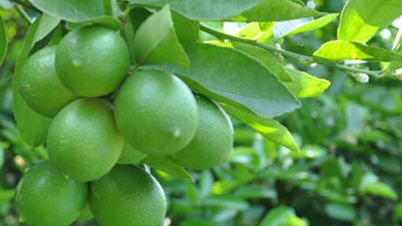
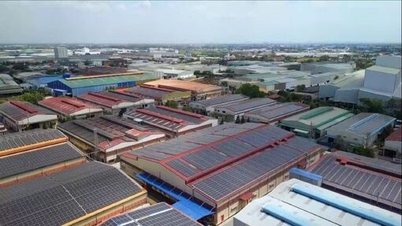




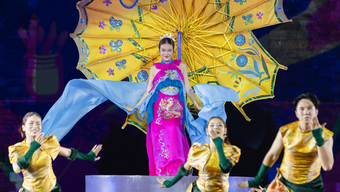
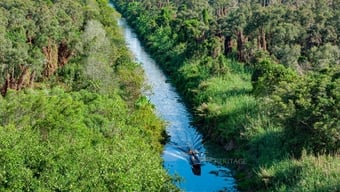


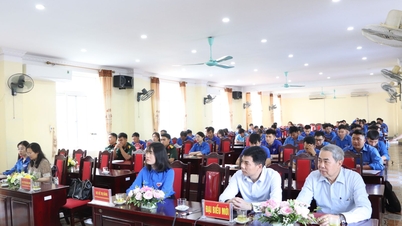
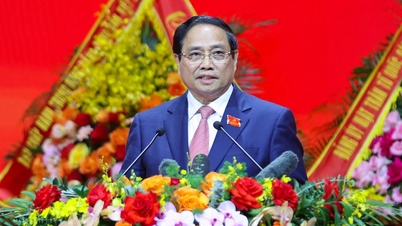
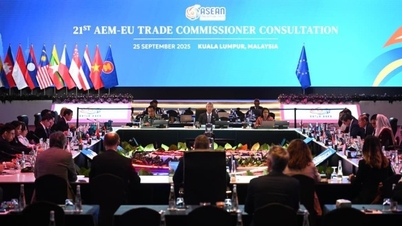
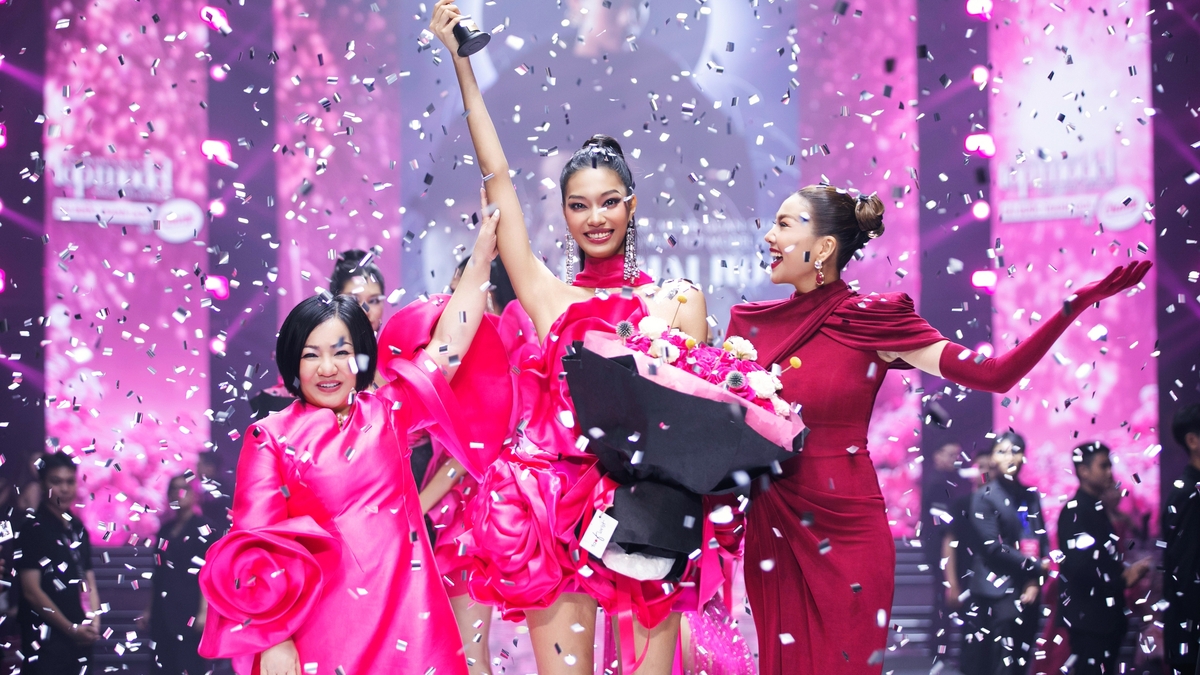

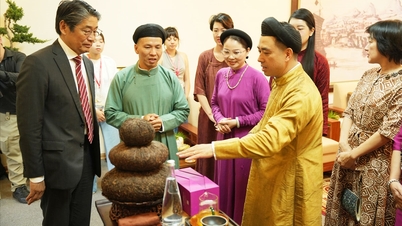









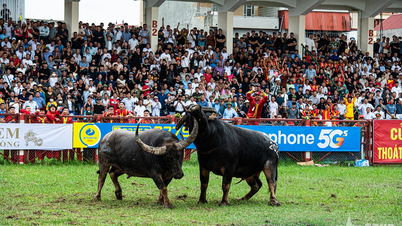





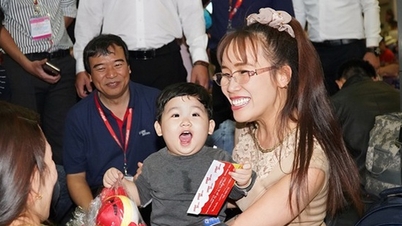






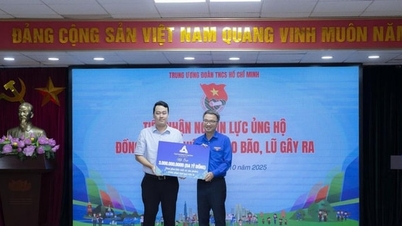




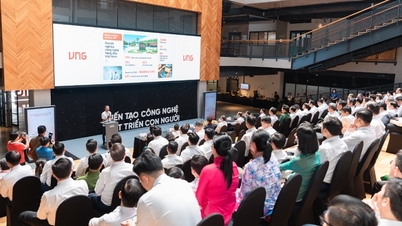











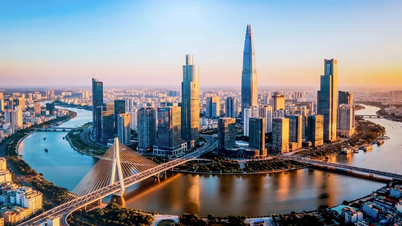



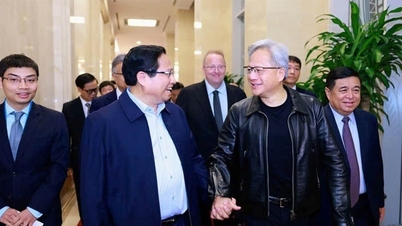


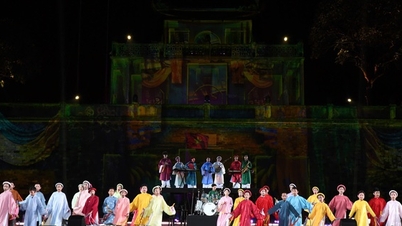
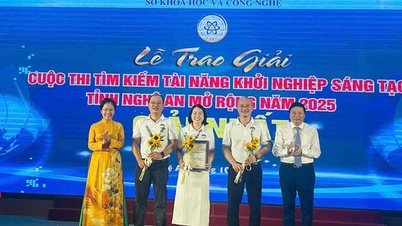





























Comment (0)